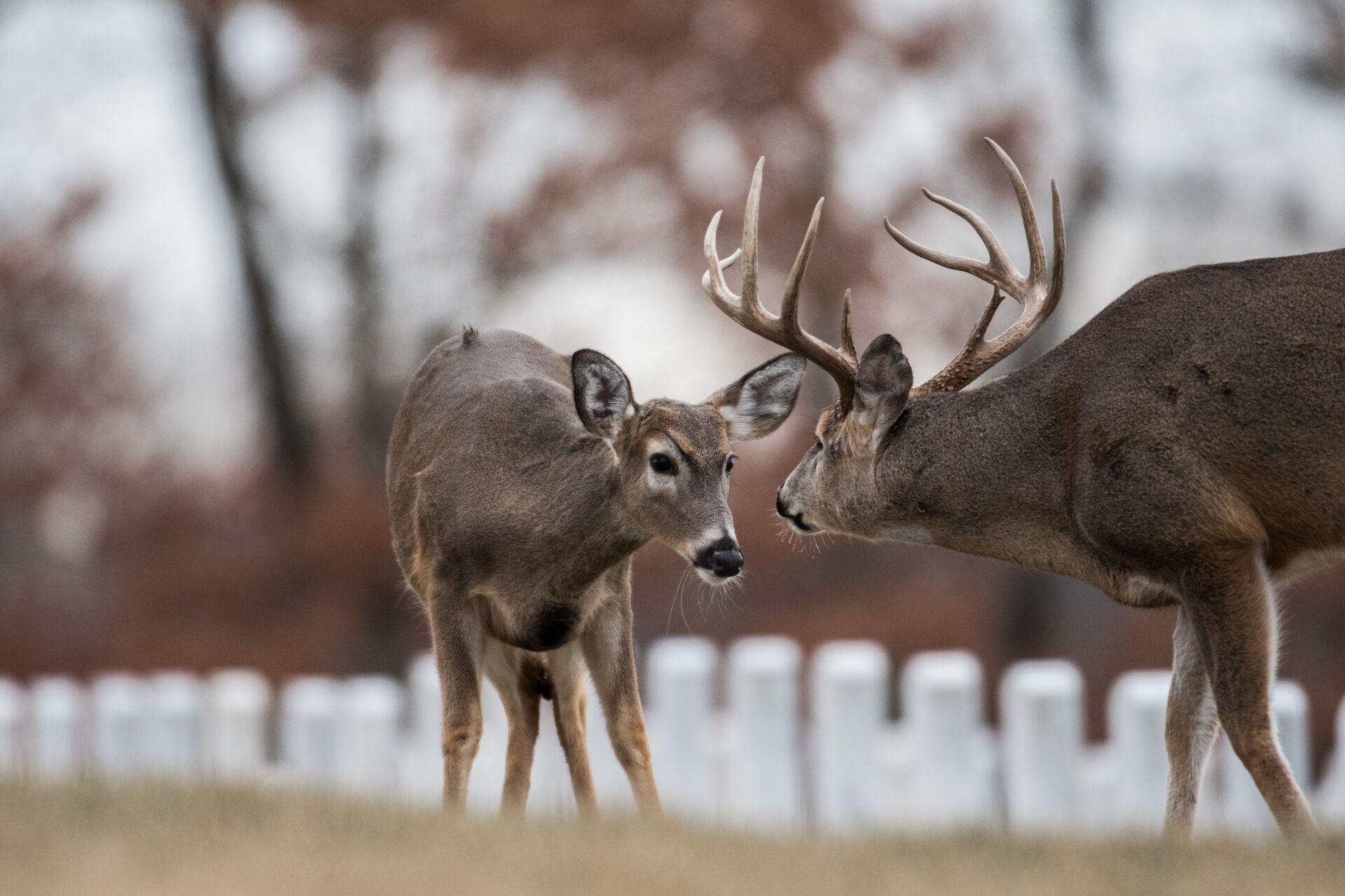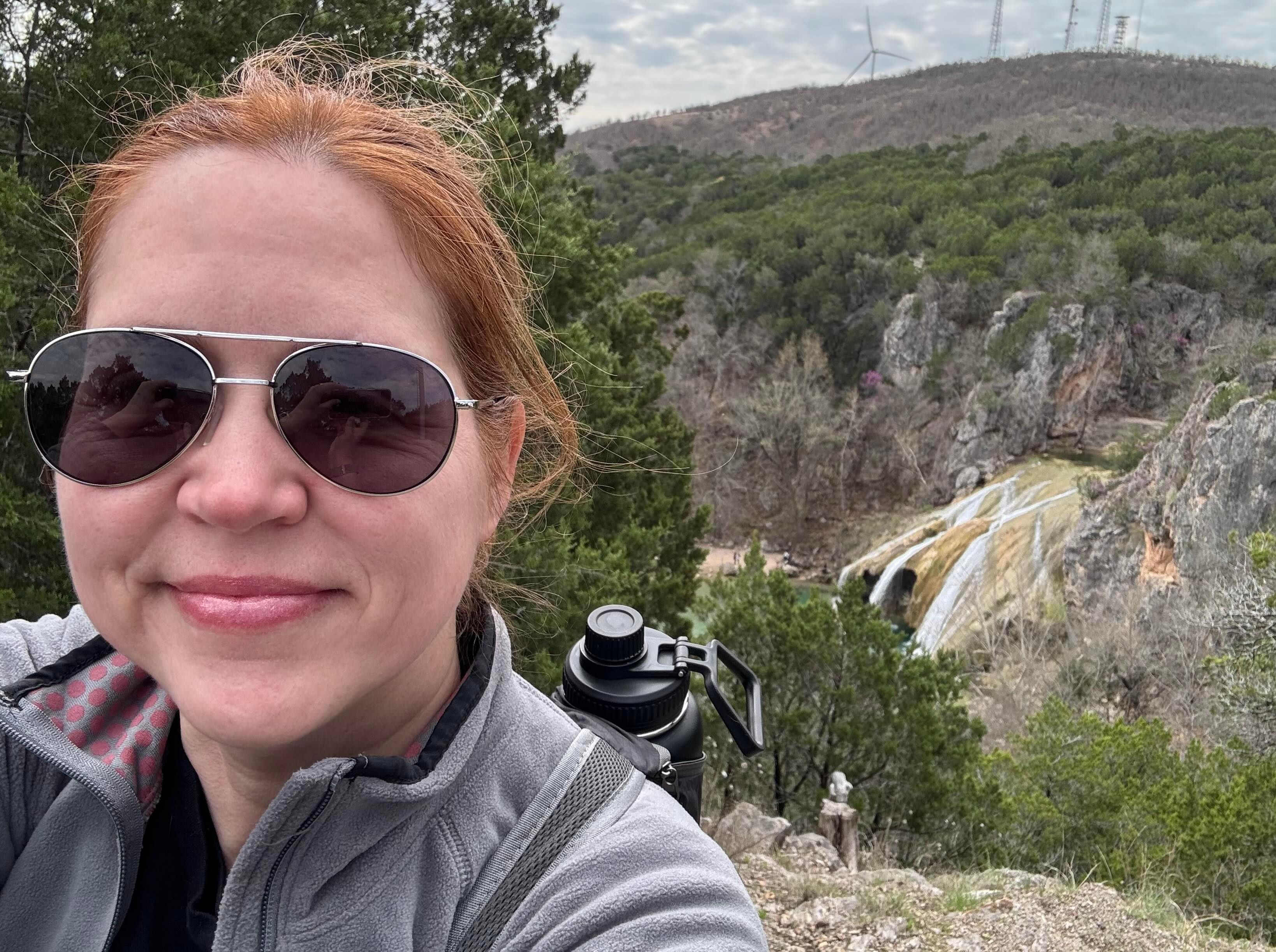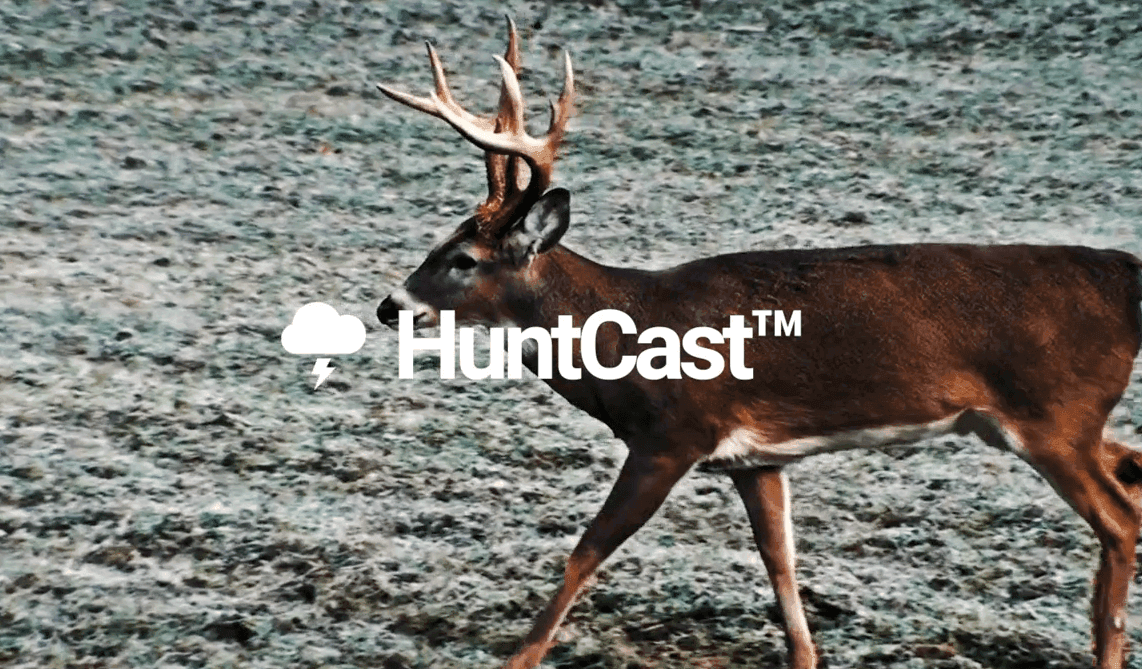If that hasn't sold you, a generous bag limit of four deer (including one antlered) might sway you to put Kentucky at the top of your hunting destinations for 2025.
Before you load up your gear and start dialing in your sights, read the following information for the latest season dates, regulations, tips, and strategies to ensure you're well-prepared for Kentucky deer season.
Updated February 21, 2025
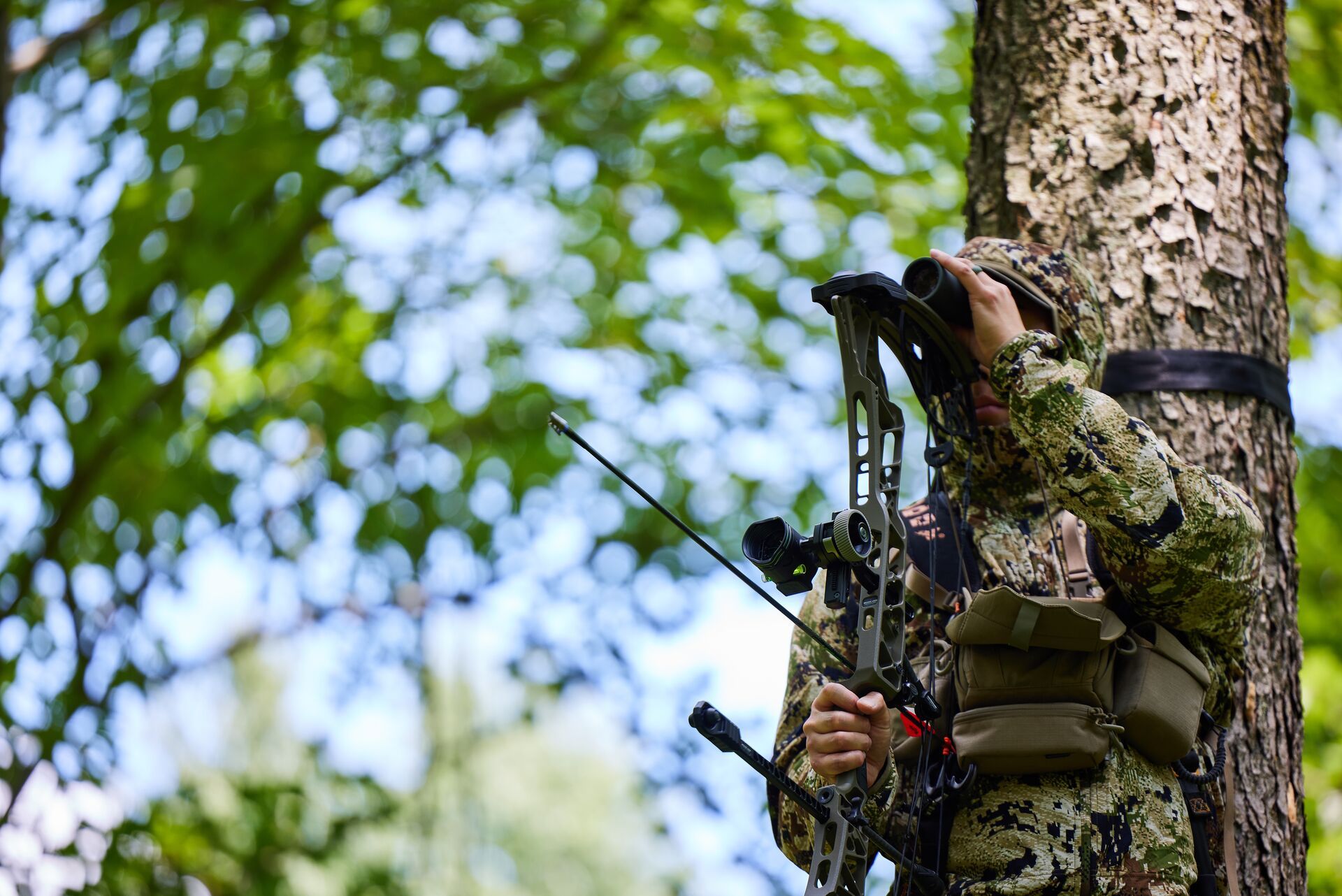
When is Deer Season in Kentucky?
The Kentucky Department of Fish and Wildlife Resources regulates hunting and establishes clear seasons to maintain a sustainable deer population. Deer season dates can vary from year to year and are classified based on firearm type: archery, crossbow, muzzleloader, and modern gun.
For 2025, the season dates are:
- Archery: September 6, 2025 – January 19, 2026
- Crossbow: September 20, 2025 – January 19, 2026
- Modern Gun:
- Zones 1, 2, 3: November 8 – 23, 2025
- Zone 4: November 8 – 23, 2025
- Muzzleloader:
- Statewide: October 18 – 19 , 2025(early season)
- Statewide: December 13 – 21, 2025 (late season)
- Youth-Free: December 28 – 29, 2025
- Youth-Only: October 11 – 12, 2025
Note that Kentucky offers a very generous archery season spanning almost five months. Grab your bow and take advantage!
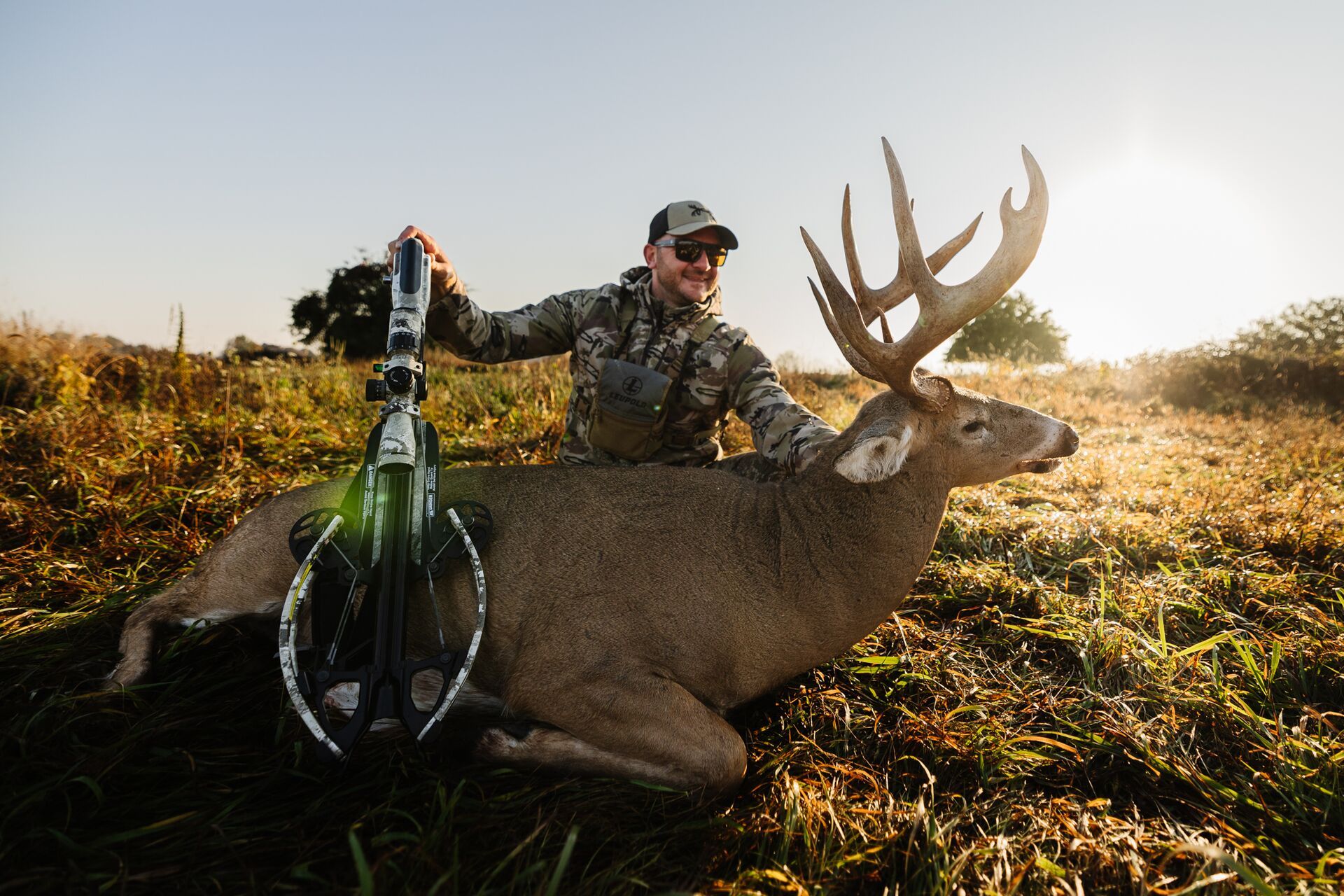
Licensing and Permits
All hunters, both residents and nonresidents, must have a hunting license before entering the field. When targeting deer, additional deer permits and any other regulations specified in the particular zone are also required.
As of 2025, a resident annual hunting license costs $27, a deer permit costs $35, a nonresident yearly license costs $150, and a deer permit costs $185. Depending on annual regulations and population numbers, additional deer permits can sometimes be acquired, allowing hunters to take one or several additional deer on top of their limit.
Hunters under 15 will need a youth license, which can be purchased for $6 (resident) or $10 (nonresident).
If you were born on or after January 1, 1975, or are 12 or older, you will need a hunter education certificate to meet Kentucky licensing requirements.
Regulations and Requirements
For ease of administration and a more targeted approach to conservation, the Kentucky hunting areas are grouped into four zones with differing regulations and hunting requirements.
Note that only one antlered deer may be harvested statewide regardless of the zone or method used to harvest.
The Kentucky deer hunting season zones are as follows:
- Zone 1: This western zone offers unlimited antlerless hunting with a statewide permit and additional deer permits.
- Zone 2: In Zone 2, hunters can take up to four antlerless deer.
- Zone 3: Hunters in this zone can take up to four deer, but only one can be antlerless with a firearm or air gun.
- Zone 4: Hunters in Zone 4 can take up to two deer, with only one antlerless allowed.
All harvested deer must be telechecked or tagged online within 24 hours of the kill, which assists with maintaining accurate population numbers and abiding by regulations.
Take Methods
During the firearm season, any caliber centerfire rifle or centerfire handgun is permitted; however, magazines must not be capable of holding more than ten rounds, and full metal jacketed and tracer ammunition is strictly prohibited.
Longbows, recurves, and compound bows of any draw weight (no minimum) and fixed blade or mechanical broadheads must be 7/8" wide.
Finally, Muzzle-loading rifles or handguns of any caliber are permitted during the specified season.
While there are limited restrictions during the Kentucky deer season, it's essential always to consider the ethical implications of the caliber or draw weight you use when hunting deer.
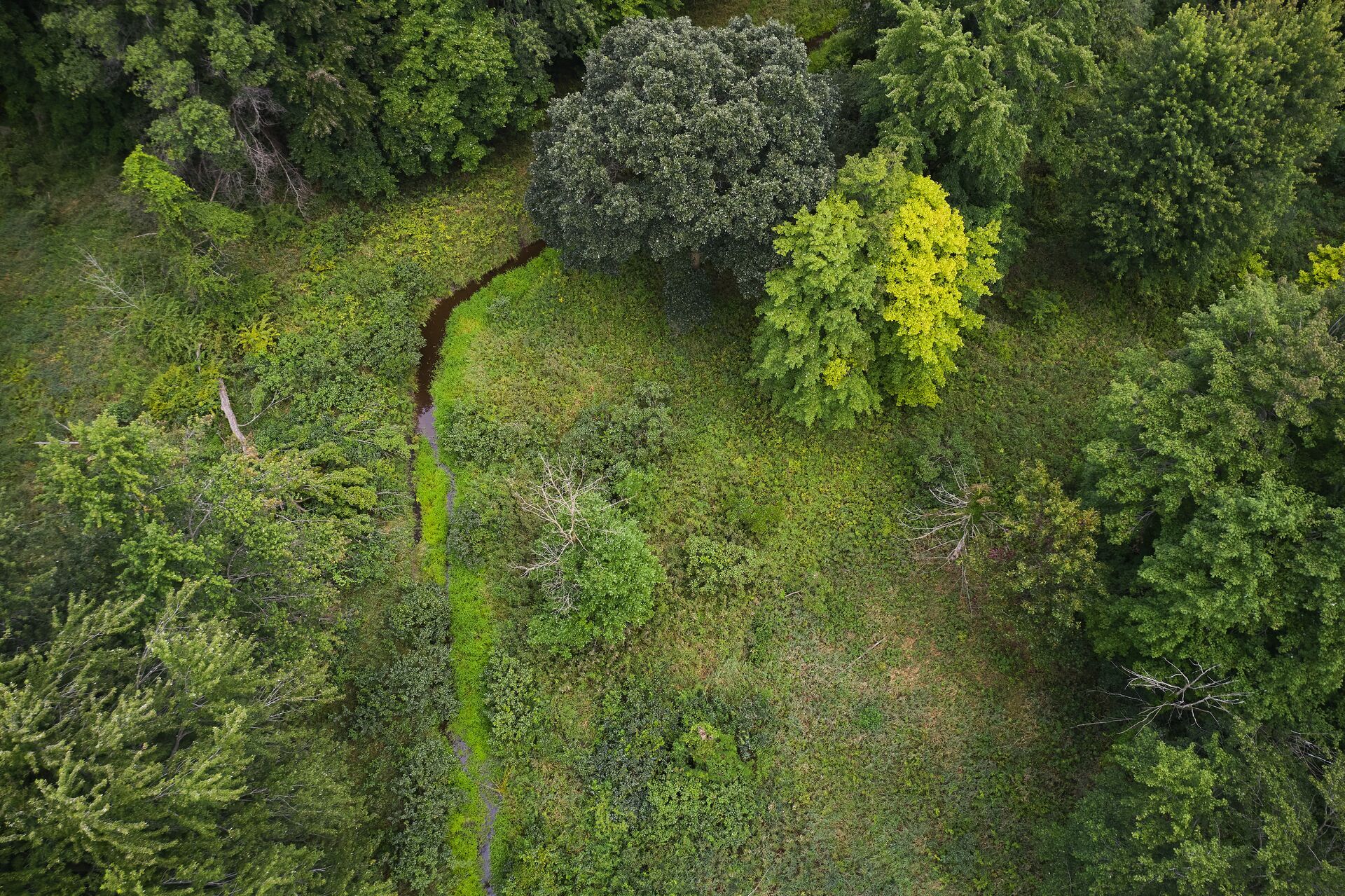
Hunting Zones and Management Units
The KDFWR manages 1.5 million acres of public property accessible to many hunters. Due to the region's geographic diversity, hunting environments differ.
These environments include Wildlife Management Areas, which may have specific regulations and season dates, and State Parks and National Forests, in which some portions open up for hunters during certain seasons.
The Western and Northern Zones 1 and 2 are marked by flatter agricultural lands, with rivers to the north creating fertile blended areas and firm soil. You will likely encounter large forested areas across the central points encompassing Zones 1, 2, and 3. The eastern counties found in zone four are more rugged and mountainous.
Central Kentucky is a hunter's paradise, popular for its blend of hills, hardwoods, crops, and pasture fields. The diverse landscape and abundance of game make it a must-visit for any hunting enthusiast and a great starting point for a new hunter to the Kentucky lands.
If you're interested in hunting on private land, you can find hunting leases through local landowners, hunting clubs, or online platforms specializing in hunting leases. Remember, you'll need permission from the landowner when attempting to hunt private land.
What Know About Chronic Wasting Disease
Chronic Wasting Disease (CWD) was first confirmed in Kentucky in 2023, and the situation is being carefully monitored.
Hunters who hunt big game outside of Kentucky are prohibited from bringing deer or deer family members into the state unless the brain and spinal column have been removed. In addition, Ballard, Calloway, Carlisle, Fulton, Graves, Hickman, Marshall, and McCracken counties have been given special designation as CWD surveillance zones.
The KDFWR offers statewide CWD testing, and you are encouraged to use this service if you suspect you have harvested a deer impacted by CWD.
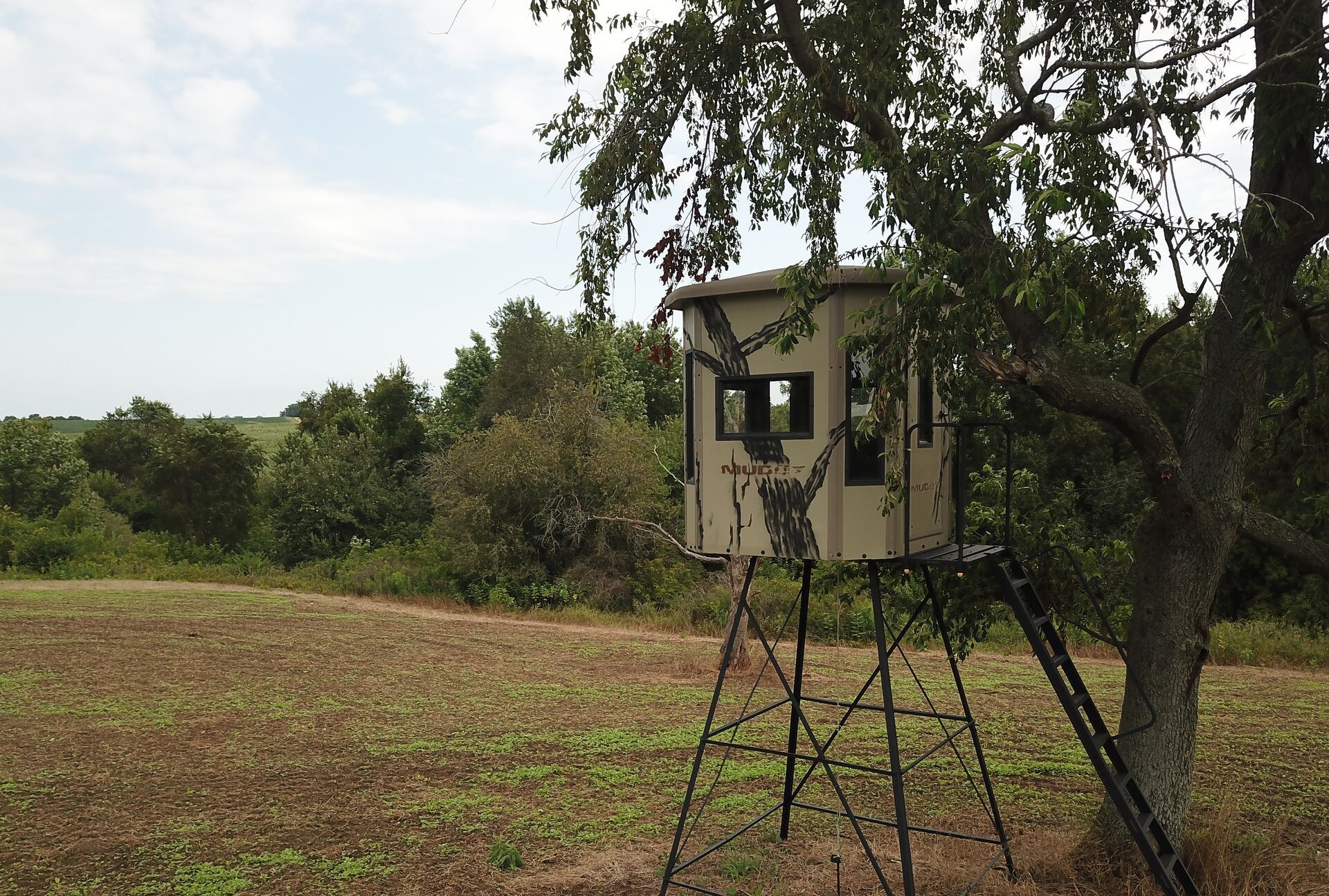
Kentucky Hunting Tips and Strategies
Any great hunt in Kentucky starts with some eyeballs on the screen, e-scouting land, and potential hunting zones.
With the HuntWise app, focus on high-traffic areas such as bedding zones, mixed agricultural lands, ridgelines, water access points, and more. Consider areas ideal for a ground blind or to begin a spot and stalk-style hunt.
Once you've found these spots, focus on less-pressured zones away from human-gathered areas like main roads or car parks. These extra miles can make the difference between a successful hunt and failure.
Consider Hunting the Rut
Deer behavior shifts throughout the season and is highly impacted by the deer's mating forces and biological compulsions. The period of highest activity is known as the rut, marked by intense doe-seeking behavior from bucks.
This means during this period (mid-November), rattling antlers and deer calls will be highly effective. Before and after this period, focus on feeding and bedding areas, as deer will either prepare for or recover from this period of intensity.
Weather Considerations
Deer season in Kentucky is in the fall and early winter, meaning the weather will transition into cooler temperatures. You'll want to pack layers of clothing to thermoregulate with moisture-wicking materials.
A decent pair of waterproof boots is a must-have, and some waterproof and wind-protective gear is a great addition, as the wind can pick up in the cooler months. Always keep up to date with the latest weather forecasts and pack accordingly.
If you find you don't have the right gear for a successful and comfortable hunt, use your HuntWise subscriber's discount to save money on quality gear from our partners!
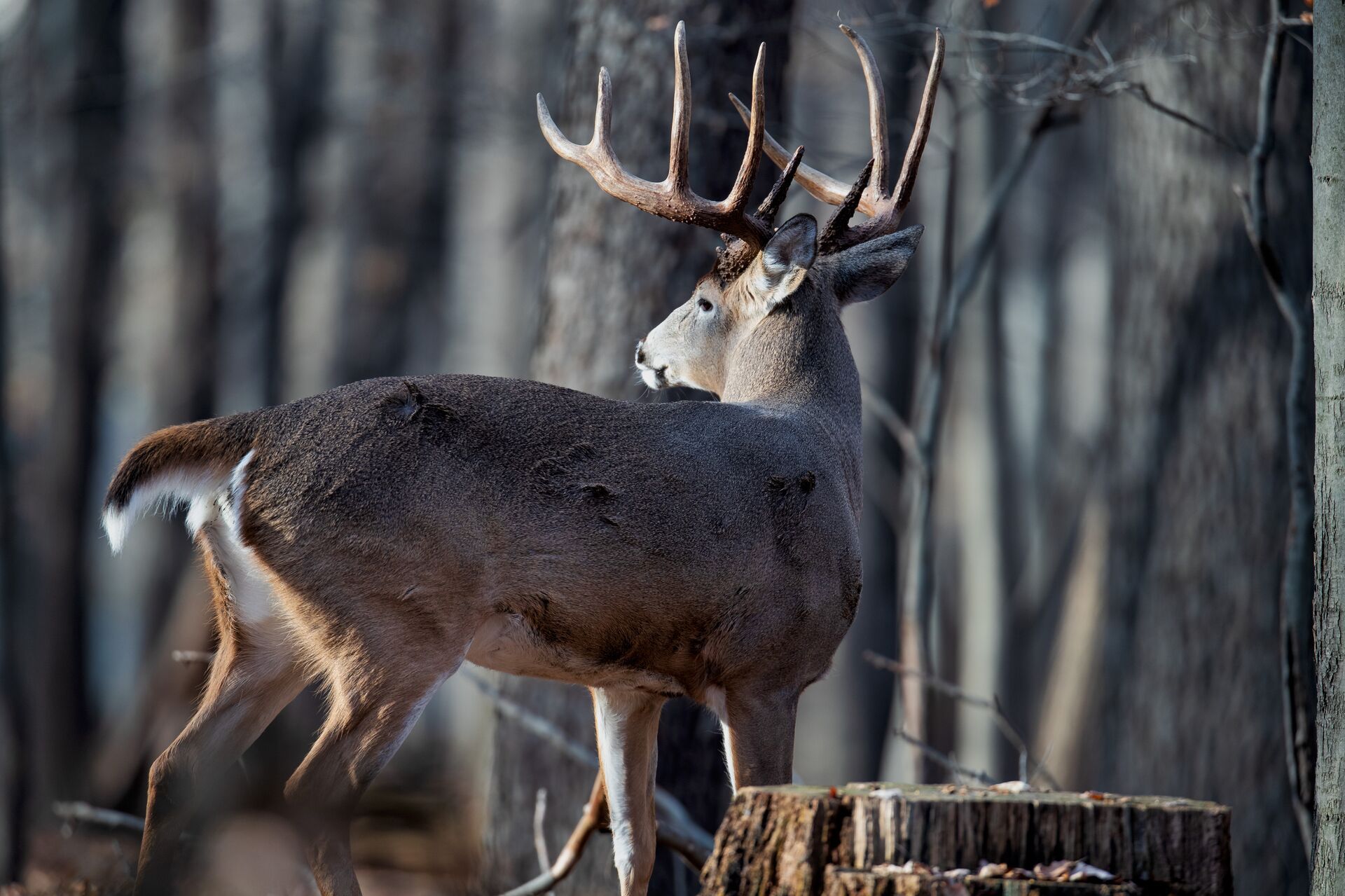
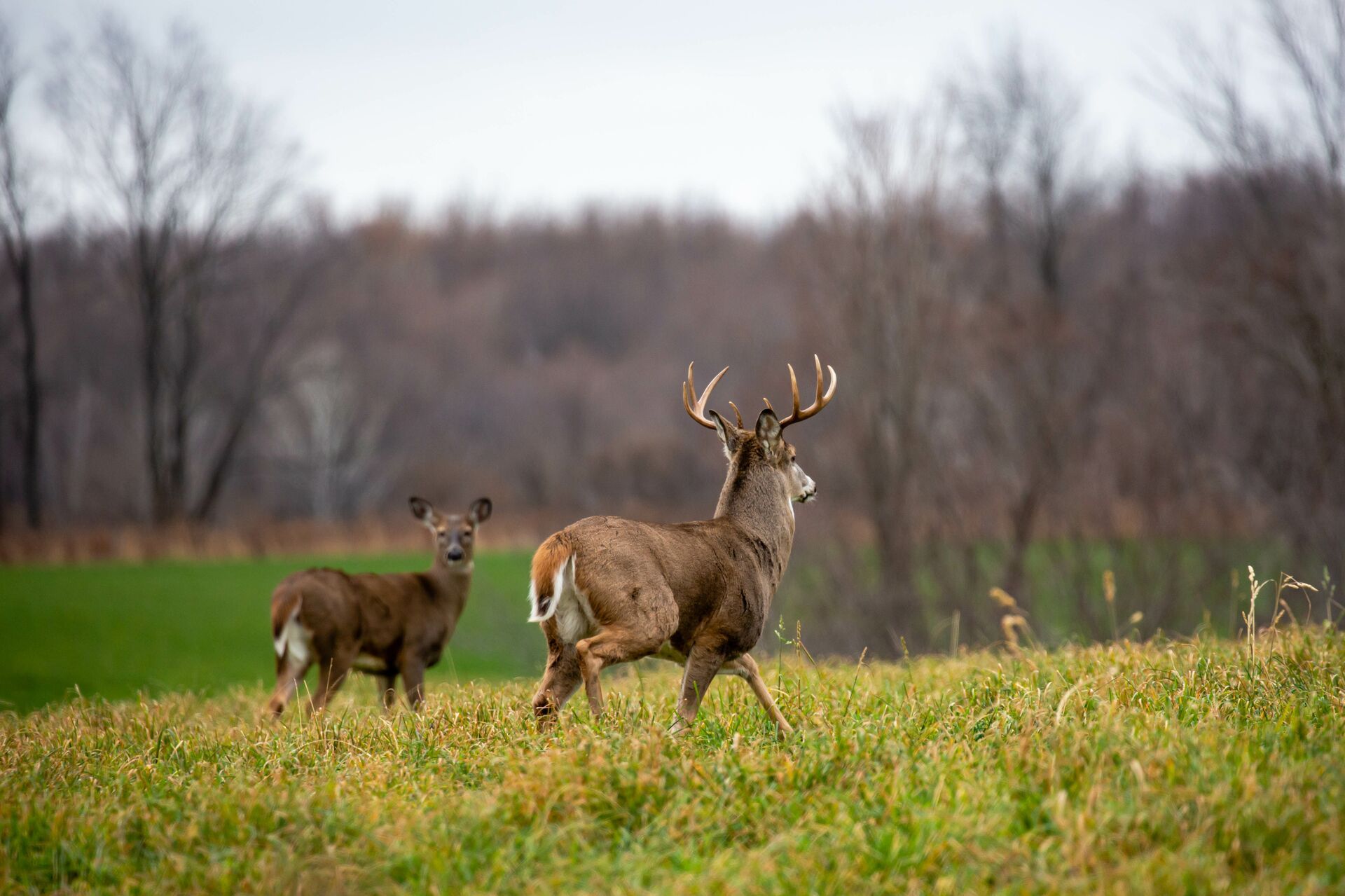
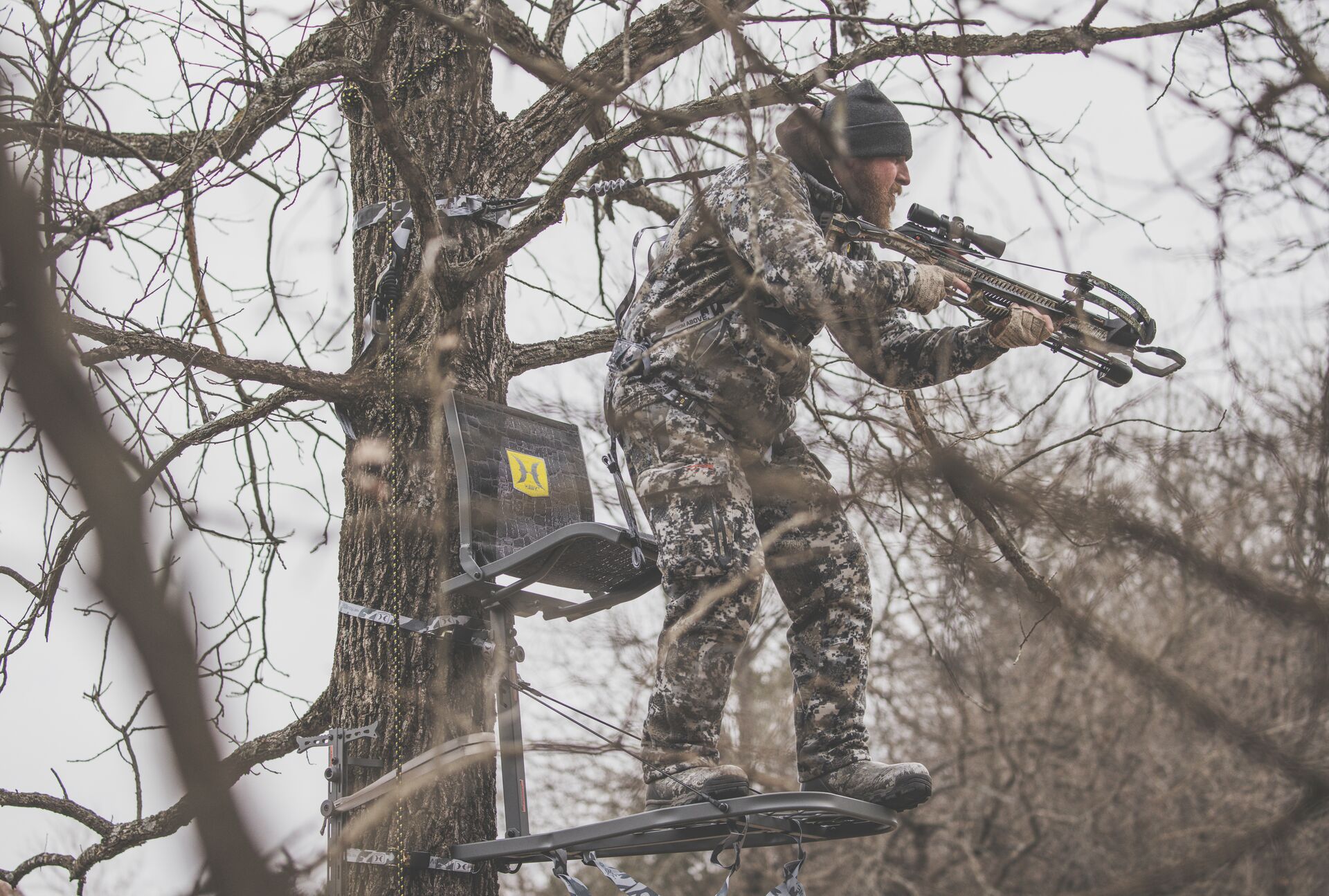
 Deer
Deer Deer
Deer Deer
Deer